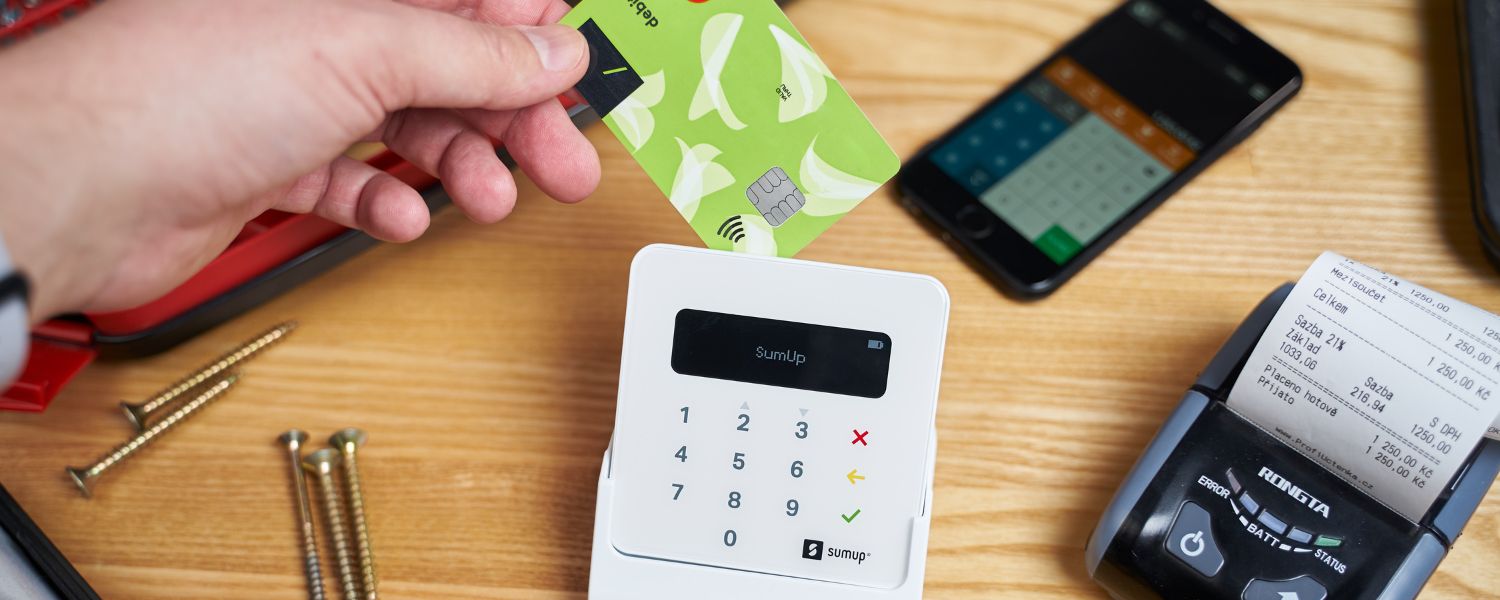
In the highly competitive world of ecommerce, every element of your online store matters. One of the most critical aspects that can significantly impact your sales and revenue is the checkout process. The ecommerce checkout page is where potential customers complete their purchase or abandon their shopping cart.
As an online retailer, ensuring a smooth, intuitive, and trustworthy checkout process is essential in converting visitors into paying customers. This article will discuss the seven best practices for optimizing your e-commerce checkout page, along with actionable tips in order to implement them effectively.
7 E-commerce checkout page best practices you should follow
1. Simplify the checkout process
Simplifying the checkout process is crucial for improving conversion rates and reducing cart abandonment. Here are some key strategies to help you achieve a streamlined and efficient checkout experience:
Guest checkout option
Offer a guest checkout option that allows customers to make purchases without creating an account. This reduces friction and expedites the process for first-time buyers. In most cases, customers who checkout as a guest and have a good experience will sign up for an account after completing their purchase.
Progress indicators
Implement a progress bar or step indicators to inform customers about the number of steps required to complete the checkout. This helps to alleviate uncertainty and encourages them to proceed.
One-page checkout
To avoid unnecessary clicks and page loads whenever possible, condense the entire checkout process into a single page. This simplifies the process and makes it easier for customers to complete their purchases.
2. Clear call-to-action (CTA)
A clear and compelling call-to-action (CTA) is vital for guiding customers toward completing their purchase. Here are some best practices to ensure your CTA stands out and effectively drives conversions:
Contrasting colors
Pick a color for your CTA button that looks different from the other colors on the page. This contrast helps the button stand out and catches the customer's attention. Use colors that align with your brand but are visually distinct.
Button placement
Position your CTA button prominently on the page, ideally below the order summary and near the payment options. It should be easily visible without the need for scrolling or searching. The button's placement should be intuitive, guiding customers naturally toward clicking it.
Compelling text
Use action-oriented and persuasive text on your CTA button. Instead of generic phrases like "Submit" or "Continue," consider using more engaging text such as "Buy Now," "Add to Cart," or "Complete Purchase." The text should communicate the action the customer is taking and create a sense of urgency or excitement.
3. Provide multiple payment options
Offering multiple payment options is crucial to accommodate various customer preferences and boost trust in your e-commerce store. Here's how you can provide a diverse range of payment options:
Credit/debit cards
Accept major credit and debit cards (Visa, Mastercard, American Express, etc.). Ensure that the payment process is secure and user-friendly.
Digital wallets
Integrate popular digital wallets like PayPal, Apple Pay, Google Pay, Amazon Pay, and others. These options provide a faster and more convenient checkout experience for users who prefer using their stored payment information.
Offline payment methods
Depending on your target audience and industry, you may also consider providing offline payment methods like cash on delivery (COD), check, or money order. These options benefit customers who may not have access to online payment methods.
Local payment methods
If you operate in international markets, research and integrate local payment methods that are popular and trusted in those regions. This can help reduce customer friction and increase conversion rates in specific geographical areas.
4. Mobile Optimization
Mobile optimization is crucial in today's digital landscape, as many customers prefer shopping on their mobile devices. To ensure a smooth and user-friendly e-commerce checkout process for mobile users, consider the following best practices:
Responsive design
Use a responsive web design that adapts seamlessly to various screen sizes and devices. This makes sure that your e-commerce checkout page works and looks good on smartphones, tablets, and other mobile devices.
Simplified layout
Optimize the layout for mobile screens, prioritizing essential elements such as the order summary, CTA button, and payment options. Avoid clutter and unnecessary content that might slow down the loading time.
Large and clear CTAs
Design your Call-to-Action (CTA) buttons to be large, easy to tap with a finger, and visually distinct. Make sure the buttons have different colors that make them easy to see and encourage people to click on them.
5. Trust and security
Building trust and ensuring security on your e-commerce checkout page is paramount to gaining customers' confidence and protecting their sensitive information. Here are some best practices to establish trust and enhance security:
SSL certificate
Obtain and install a Secure Sockets Layer (SSL) certificate on your website. SSL encrypts the data transmitted between the user's browser and your server, protecting sensitive information such as credit card details, passwords, and personal data. Display a padlock icon in the browser's address bar to indicate a secure connection.
Privacy policy and terms of service
Link to your privacy policy and terms of service on the e-commerce checkout page. These documents inform customers how their data will be used, stored, and protected, creating transparency and establishing trust.
Secure payment gateway
Use a reputable and secure payment gateway to process transactions. Choose a payment method that follows the industry's rules and standards. Show logos of the accepted payment methods to build trust with customers.
User authentication
If you offer user accounts, implement robust authentication measures like two-factor authentication (2FA) to prevent unauthorized access to customer accounts and personal information.
6. Order summary and transparency
Providing a clear order summary and maintaining transparency during checkout is essential for building customer trust and reducing cart abandonment. Here are some best practices to ensure a transparent and informative order summary:
Visible order summary
Display a comprehensive order summary on the ecommerce checkout page, showing all the items the customer has added to their cart, along with individual prices, quantities, and subtotal. Make sure this summary is easily visible throughout the entire checkout process.
Shipping information
Include clear shipping details in the order summary, such as the selected shipping method, estimated delivery time, and any associated costs. Transparency in shipping information helps customers understand when they can expect to receive their purchase.
Tax and additional charges
In the order summary, state any applicable taxes, handling fees, or other additional charges. Avoid surprising customers with unexpected costs during the checkout process.
Promo codes and discounts
If the customer has applied any promo codes or discounts, show them in the order summary and the adjusted prices. This transparency reinforces the value of the discount and encourages customers to complete their purchases.
7. Post-purchase communication
Post-purchase communication is a crucial aspect of the ecommerce customer journey. It helps improve customer satisfaction, fosters loyalty, and encourages repeat purchases. Here are some best practices for effective post-purchase communication:
Order confirmation email
Send an automated order confirmation email immediately after a customer completes their purchase. This email should contain all relevant order details, including itemized products, quantities, total cost, and shipping address. It reassures customers that their order was successful and provides a reference for future inquiries.
Shipping updates
Keep customers informed about the status of their orders through shipping updates. Send emails or SMS notifications when the order is processed, shipped, and out for delivery. Also, make sure to provide tracking information so customers can track the progress of their package.
Delivery confirmation
Follow up with a delivery confirmation email once the order has been delivered. Ask customers to confirm receipt of their items and inquire about their overall experience with the purchase and delivery process.
Conclusion
An optimized e-commerce checkout page is the key to a successful online store. Following these seven best practices can significantly enhance user experience, improve conversion rates, and reduce cart abandonment.
Always remember to keep testing and analyzing your website to find areas where you can make improvements and adjust to what customers like and want. By prioritizing a user-centric approach and continuously refining your checkout process, you can build trust, retain customers, and drive the growth of your ecommerce business.
Billsby helps you streamline your ecommerce checkout page with pre-built checkout experience for your end-customers. As well as providing a checkout experience for you, Billsby simplifies recurring billing, offers flexible pricing options, automated invoicing, and hassle-free customer management.







